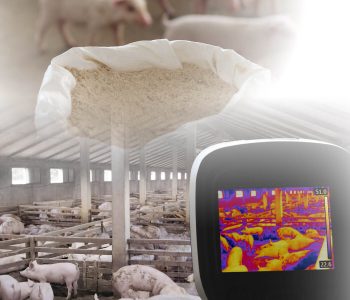Nutritional strategies to mitigate heat stress in lactating sows
Introduction
In countries with tropical climate the environmental challenges for high-production sows are constant. High productivity becomes a significant factor when it comes to the thermal comfort of lactating mothers. As it is necessary to increase feed consumption during this phase in order to avoid losses in subsequent phases (Mendoza et al., 2020).
The thermal comfort zone of lactating sows ranges from 18 to 22 ºC with a relative humidity of 40 to 70% (Silva et al., 2021).
Factors such as radiation, air current, temperature and humidity of the air must be taken into account when adjusting the temperature range for the animals’ comfort zone. This will optimize the expression of their genetic potential. Therefore, incorporating adequate heat mitigation strategies as part of the management practices and housing of high production sows in countries with tropical climates is non negotiable.
Currently, nutritional strategies such as the use of additives and adjustments in diet formulation are fundamental for favoring feed intake in sows. Reducing the deleterious effects of low consumption during lactation, which consequently improves sows’ productive and reproductive indices. The following entry addresses some of nutritional strategies that are available to help mitigate the effects of heat stress on lactating sows.
Heat stress in pigs
Keep up to date with our newsletters
Receive the magazine for free in digital version REGISTRATION ACCESS
YOUR ACCOUNT LOGIN Lost your password?
